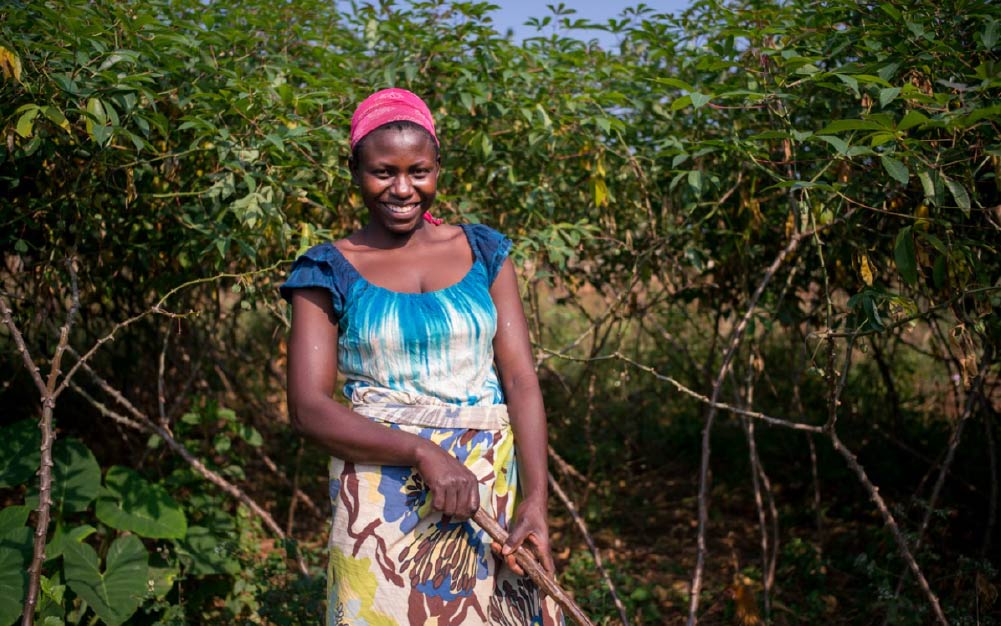Congolese Coffee | History of Coffee cultivation in the Democratic Republic of the Congo _ introduction to the producing areas of Congolese coffee beans
Coffee from the Democratic Republic of the Congo was introduced from Liberia in 1881. When the Congo officially began to grow coffee in 1898 because of the Belgian colonial invasion, the Belgian colonists discovered a new coffee tree species native to the Democratic Republic of the Congo. It was so strong that it was named Robusta. At the request of the Belgian colonial government, the coffee industry developed rapidly in the Congo. The main producer of coffee was in the form of manors, and Belgium stationed many coffee professionals to help with coffee production, until 1960, when the Congolese government declared independence, resulting from a sharp decline in government funding for coffee. Coupled with the lack of infrastructure and exclusion in the international market, coffee production fell off a cliff, falling year after year, until 1980 when the government maintained the coffee market by lowering tariffs. As well as the increasing demand in the international coffee market. The coffee industry in Congo has been reinvigorated and is beginning to shine for a second time. But the good times did not last long, when a civil war broke out in Congo in 1996 and coffee production plummeted, which was made worse by the spread of leaf fall disease and widespread infection in Robusta in the same year, reducing coffee production.
Later, it was hoped that coffee would revive the national economy and extricate itself from the war. As a result, governments and non-governmental organizations have invested heavily in the coffee industry, giving people hope again.
Almost all Congolese coffee beans are grown by small farmers and there are basically no estates. The most cultivated variety in Congo is Robusta, and there are four main coffee producing areas: Kivu, Oriental, Central Congo and Equateur Province. Most of the varieties grown in Kivu are bourbon, while the coffee grown in the other three areas is mainly robusta.

Important Notice :
前街咖啡 FrontStreet Coffee has moved to new addredd:
FrontStreet Coffee Address: 315,Donghua East Road,GuangZhou
Tel:020 38364473
- Prev

Burundian Coffee | History of Burundian Coffee beans-introduction of Burundian Coffee Origin
Coffee trees were planted in Burundi because of Belgian colonization. In 1920, Belgium occupied and colonized Burundi. In 1933, the Belgian government announced that each farmer must plant and take care of 50 coffee trees. Burundi declared its independence in 1962, when coffee production changed from public to private, but in 197
- Next

Malawi coffee| Malawi coffee growing history story_Malawi coffee growing area introduction
Coffee was introduced to Malawi in the late 19th century, and folklore tells of a Scottish missionary who brought a small coffee tree in 1878 and planted it in the Blantyre region of southern Malawi. Early Malawi coffee was brilliant when Malawi was a British colony in 1946.
Related
- Guji coffee producing area of Guji, Ethiopia: Humbela, Shakiso, Wulaga
- What is the most expensive variety of Qiloso in BOP multi-variety group?
- How to store the coffee beans bought home?
- Why are Yemeni coffee beans so rare now?
- Ethiopian Sidamo all Red Fruit Sun Sun Santa Vini Coffee beans
- SOE is mostly sour? What does it mean? Is it a single bean? what's the difference between it and Italian blending?
- Is Italian coffee beans suitable for making hand-brewed coffee?
- How to choose coffee beans when making cold coffee? What kind of coffee beans are suitable for making cold coffee?
- Just entered the pit to make coffee, what kind of coffee beans should be chosen?
- Can only Japan buy real Blue Mountain Coffee? What are authentic Jamaican Blue Mountain coffee beans?

